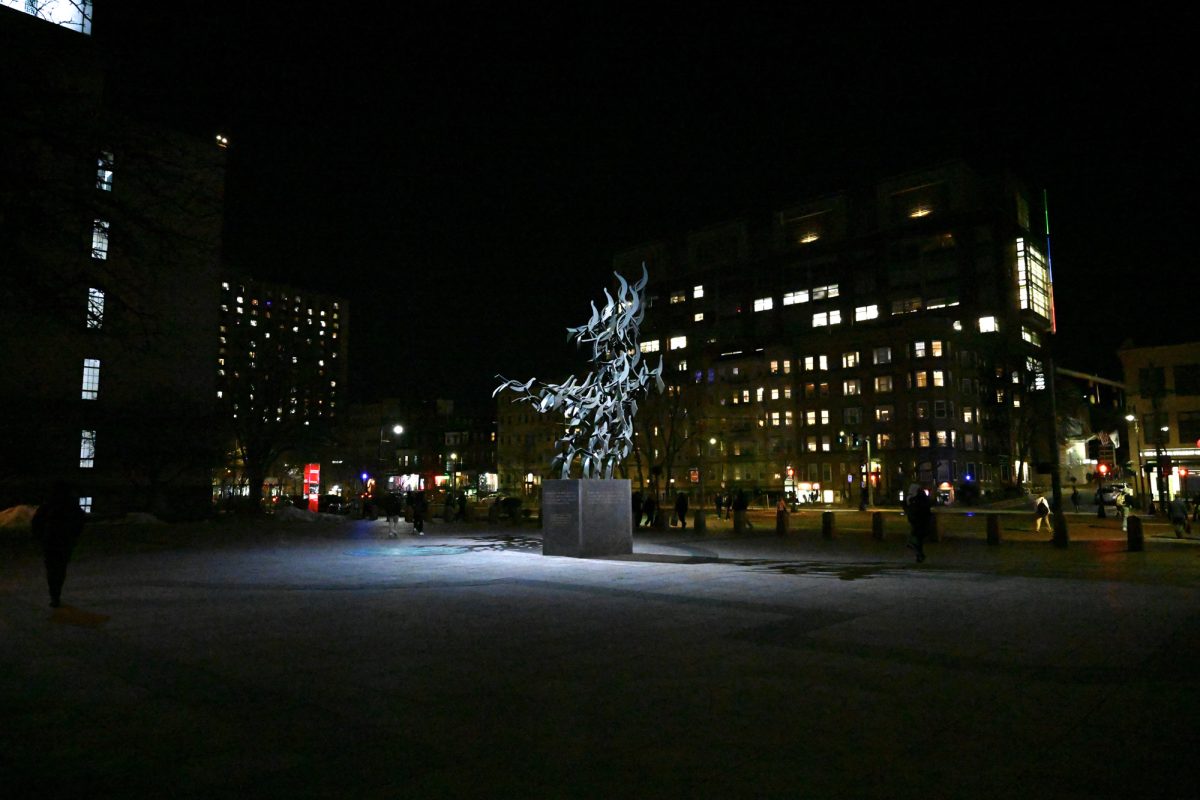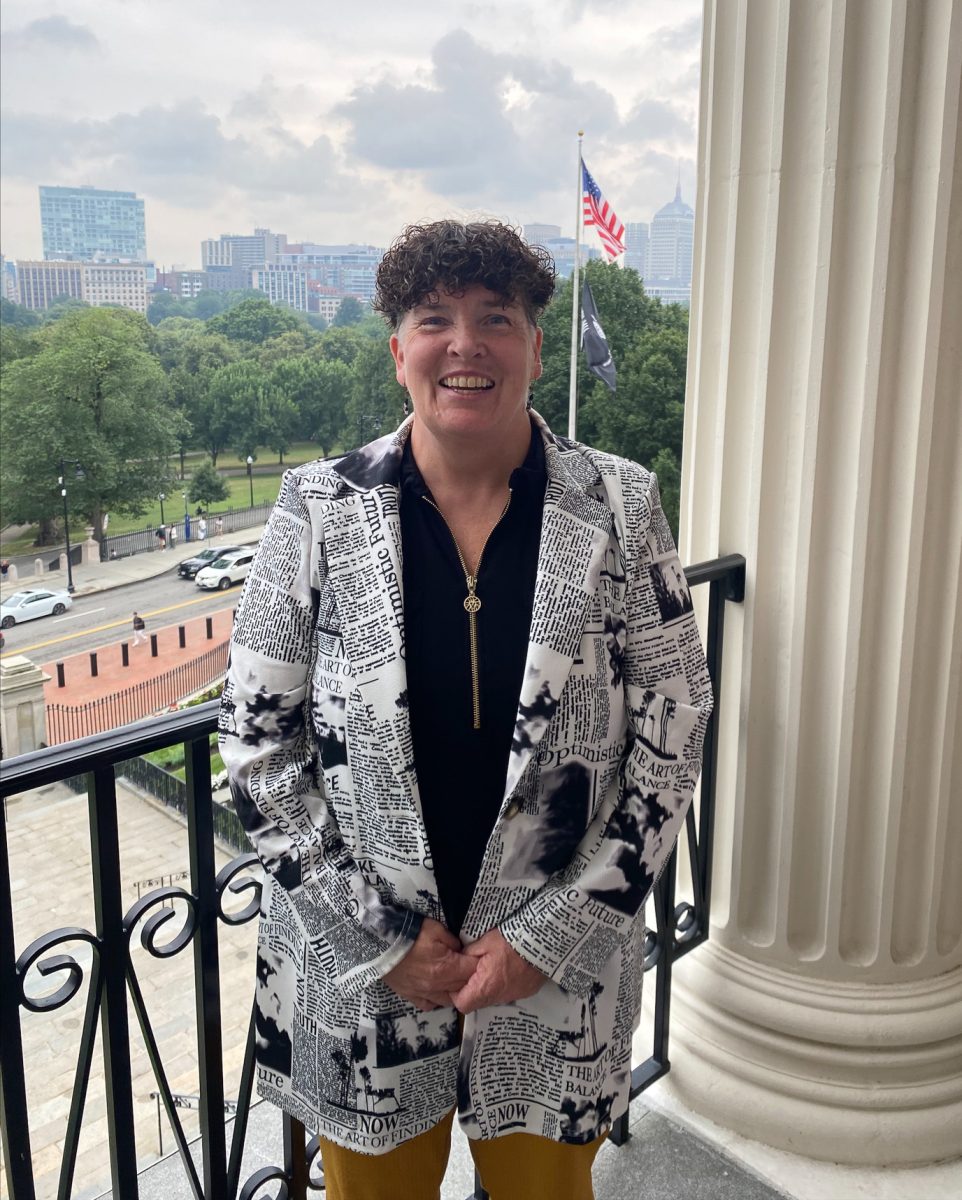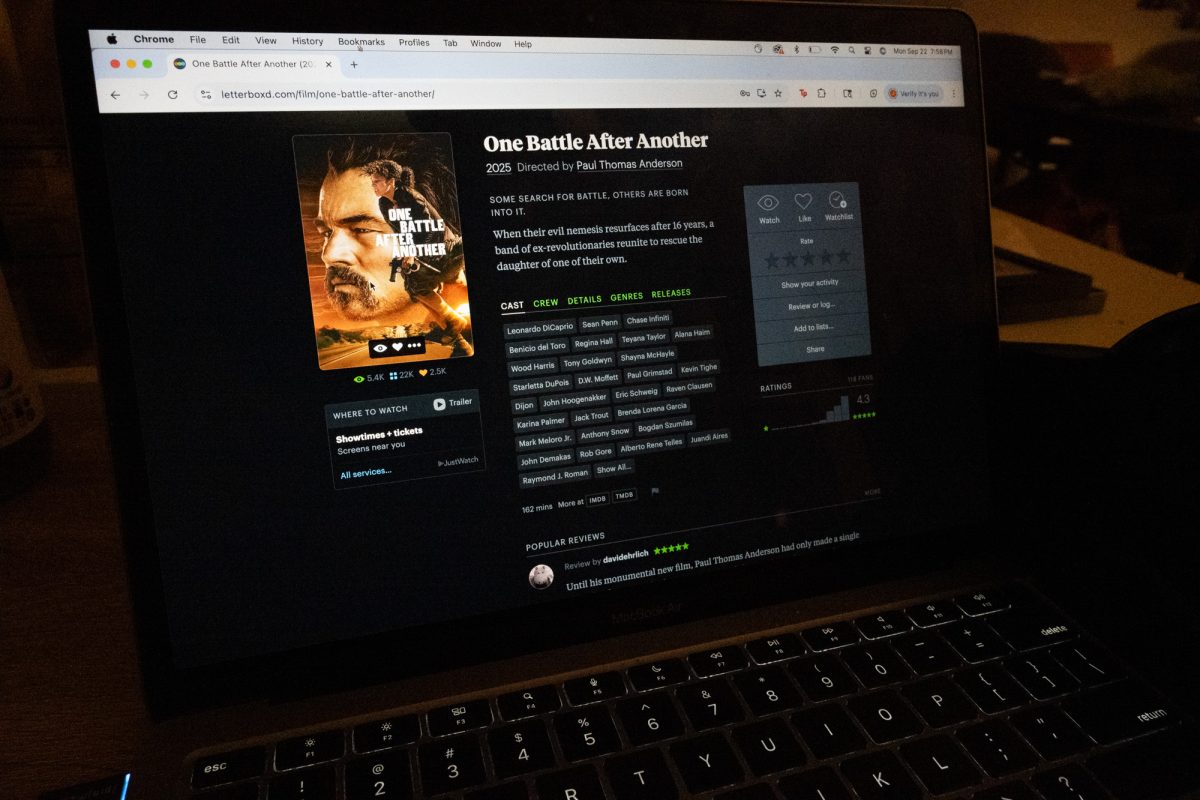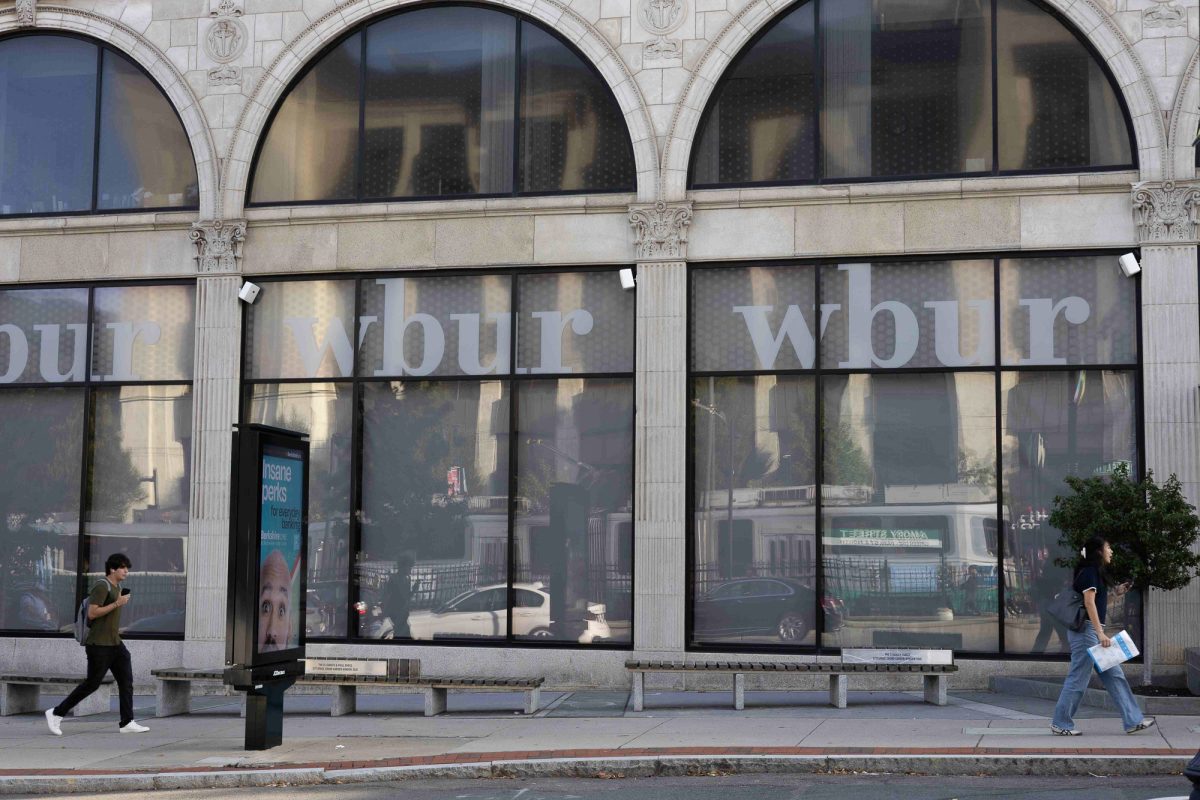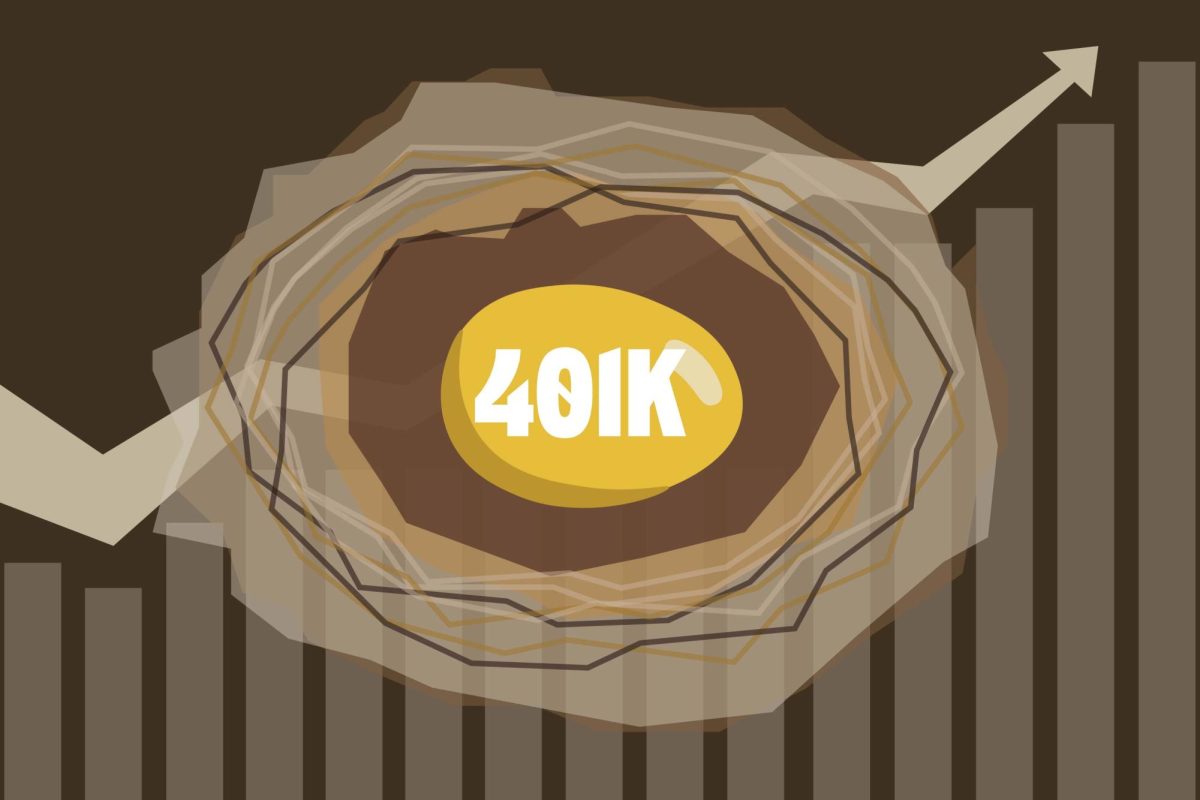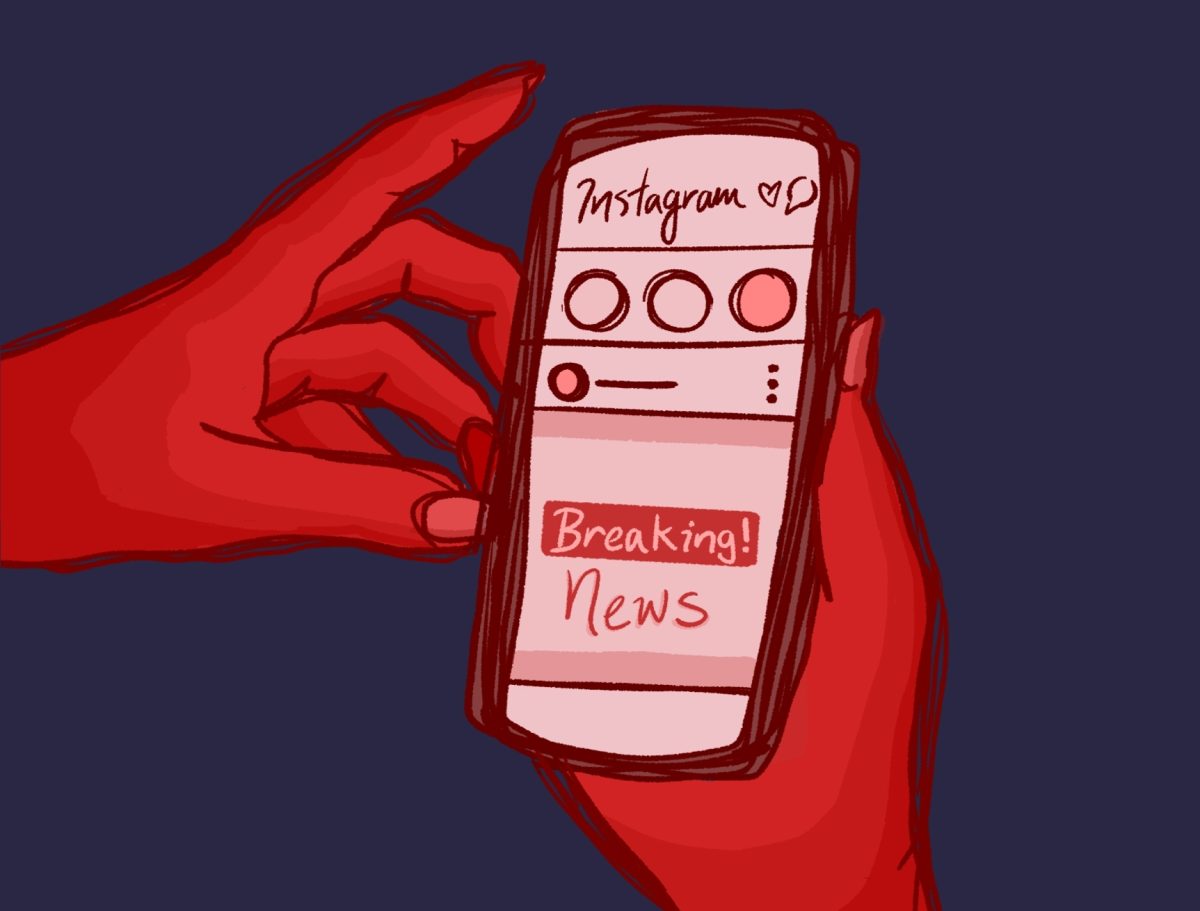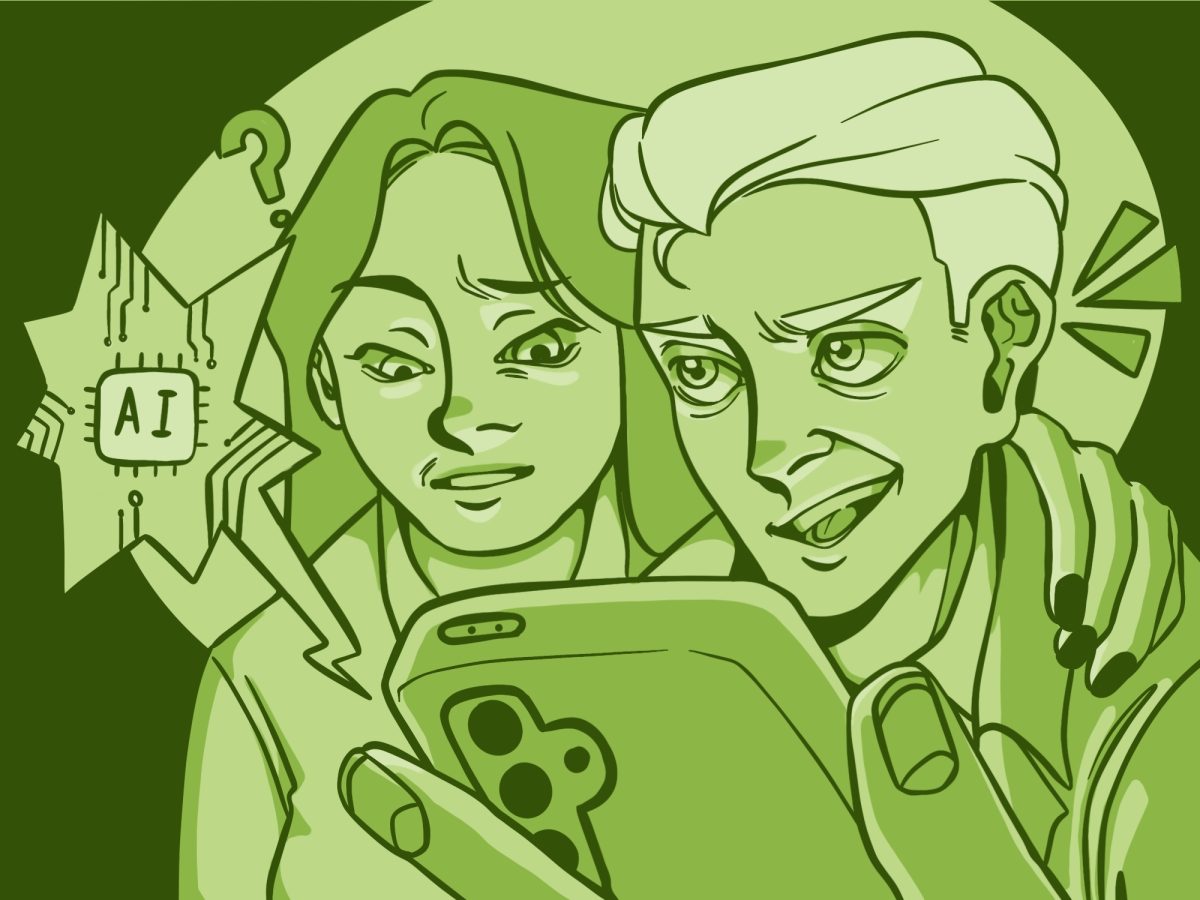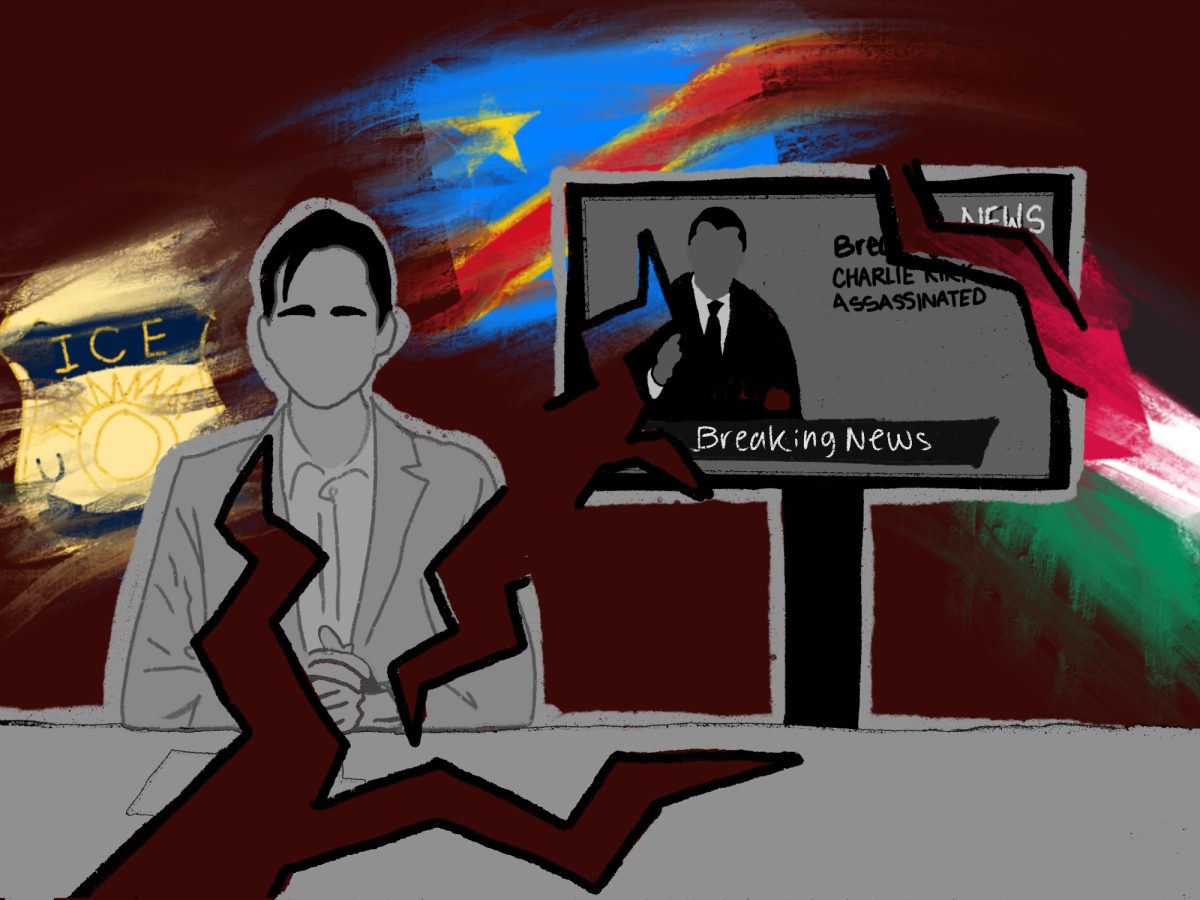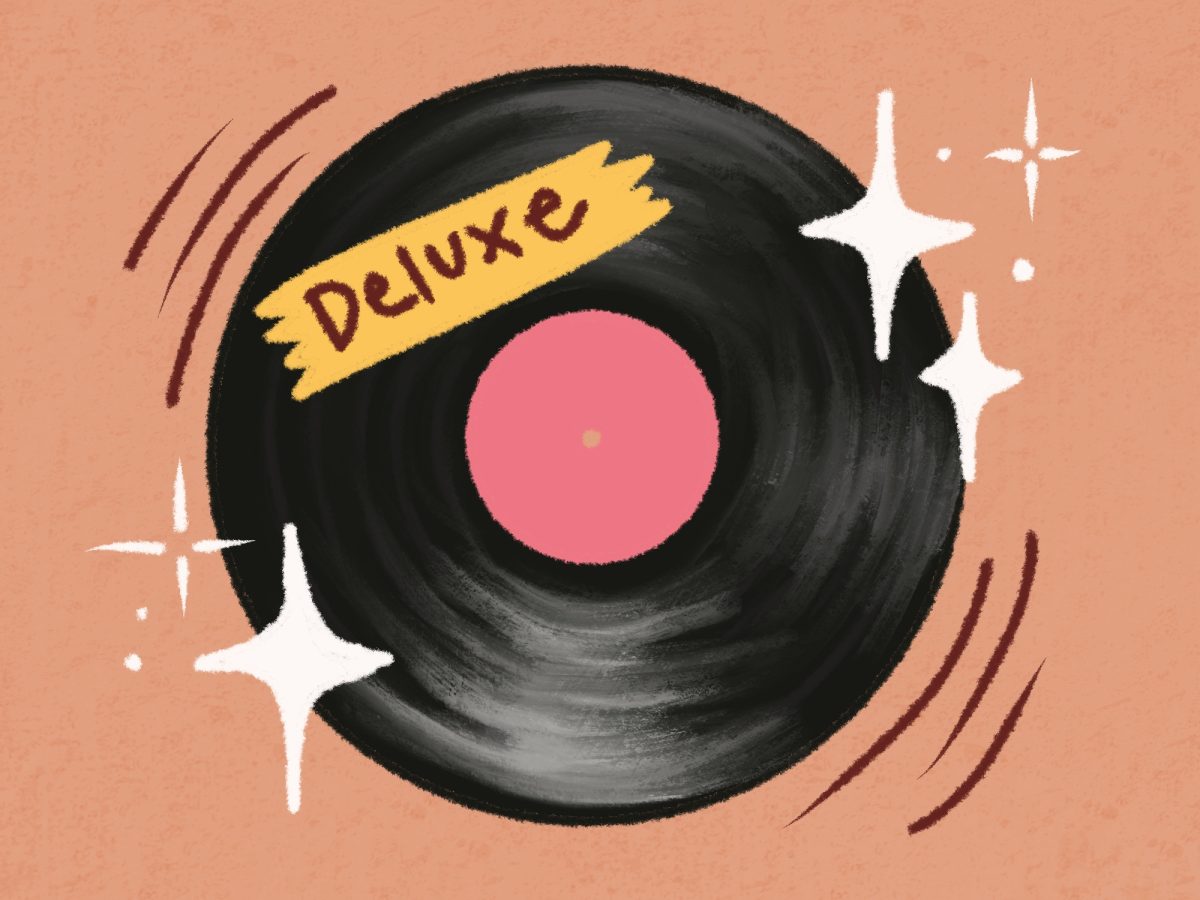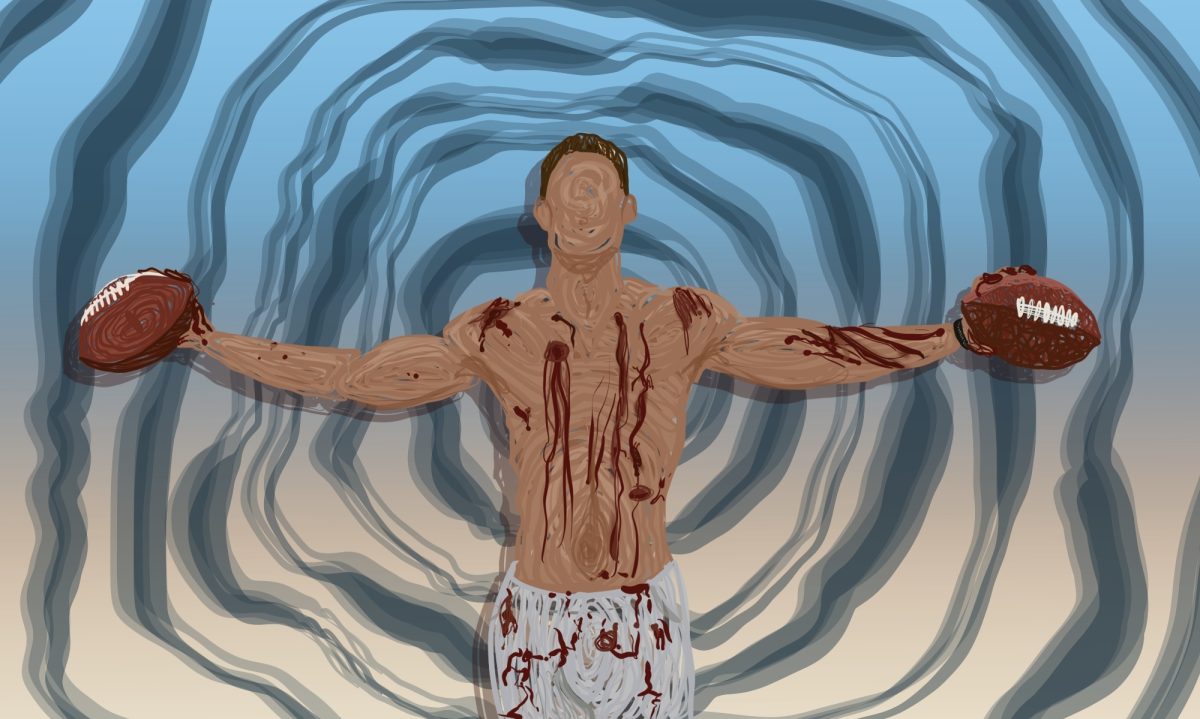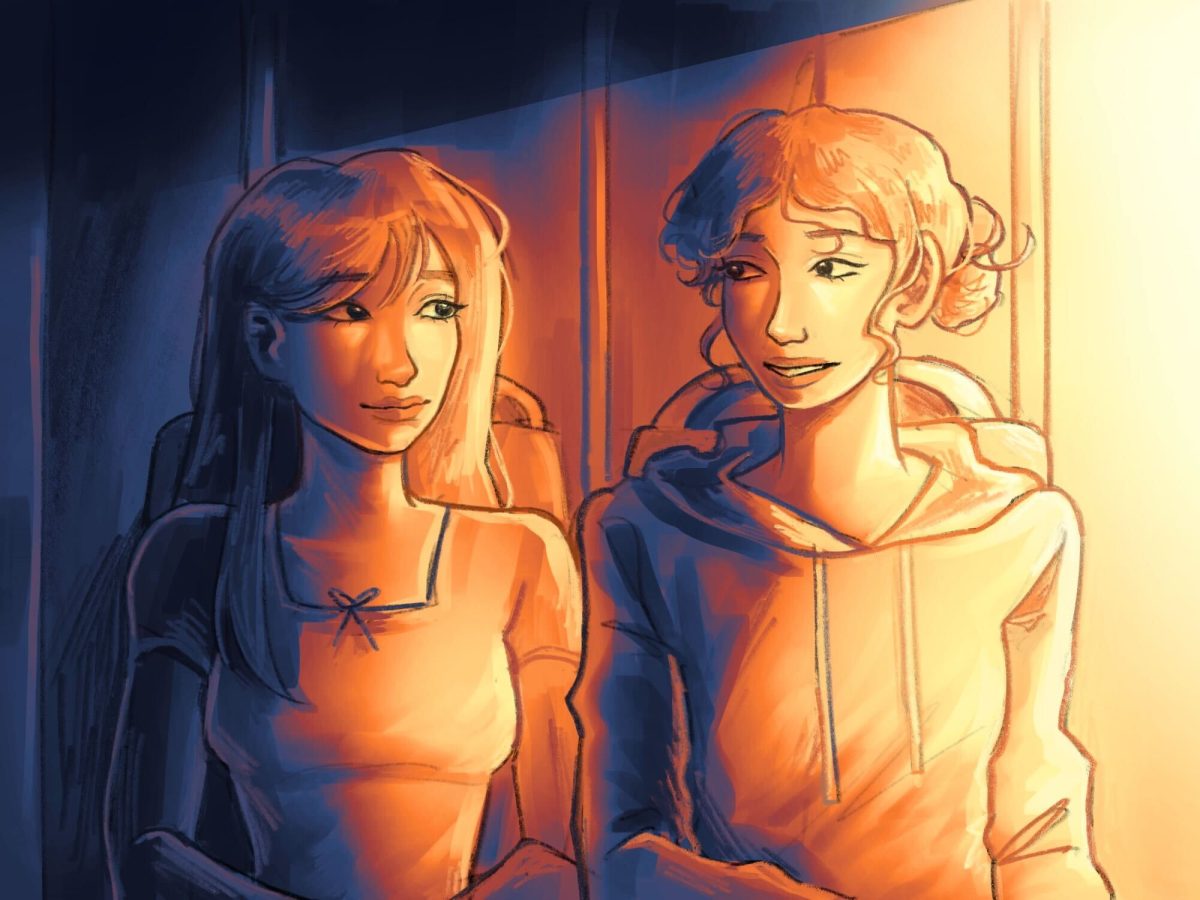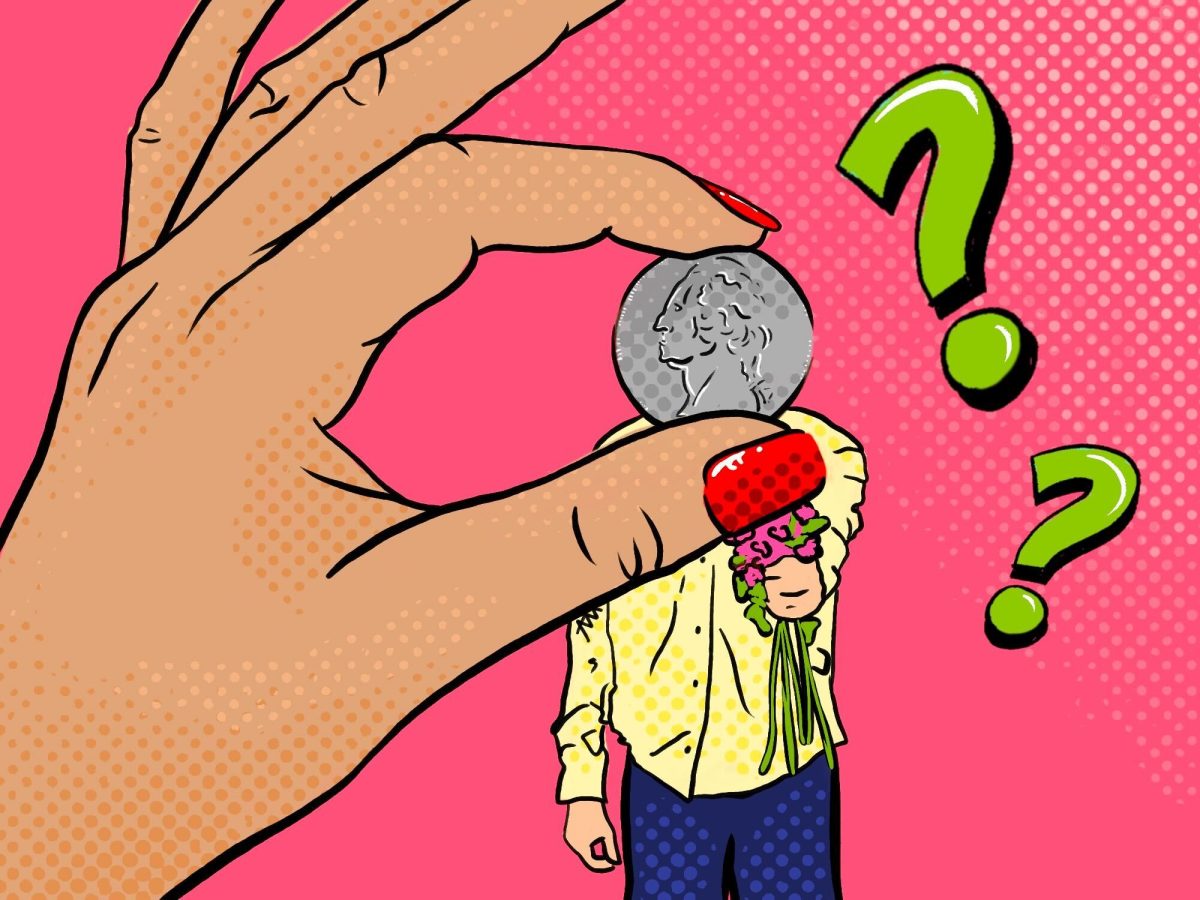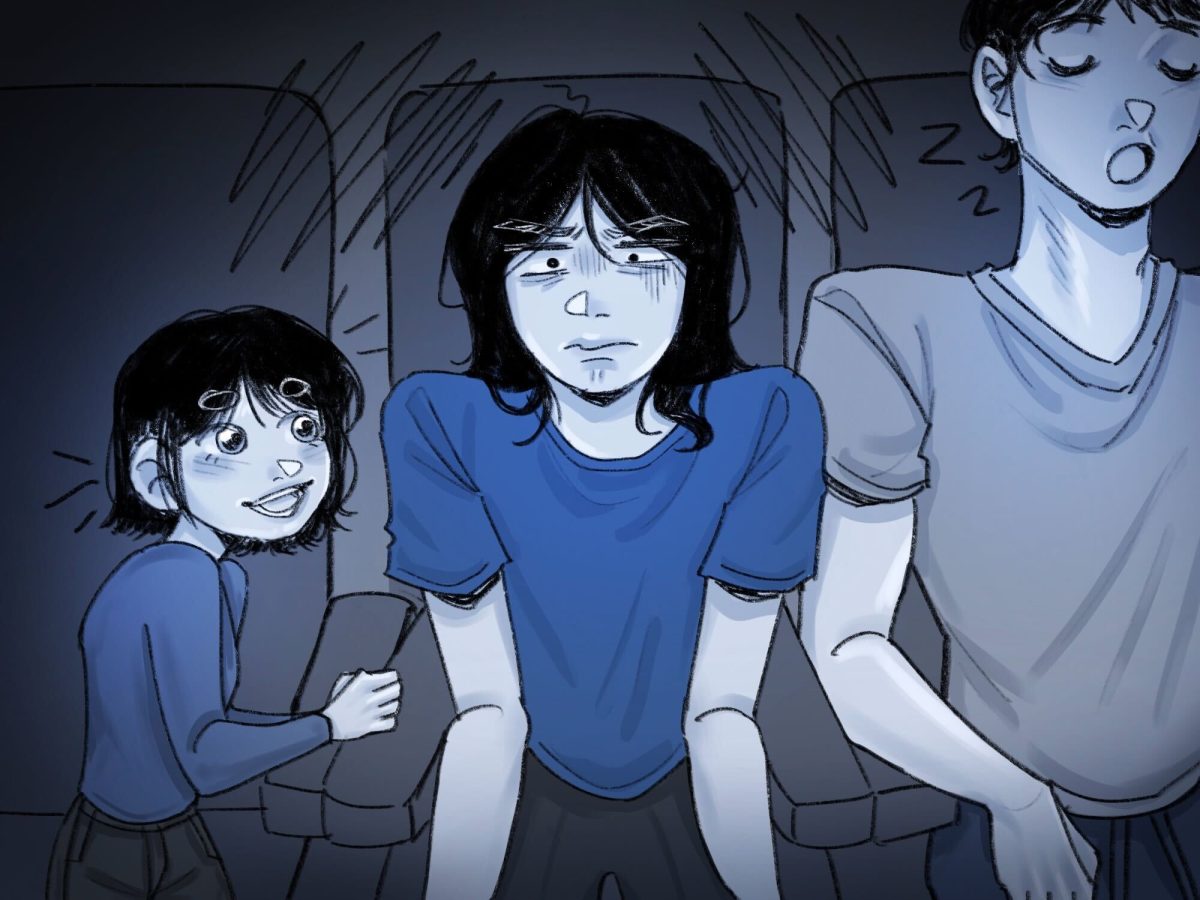
Disclaimer: This story contains spoilers about the plot of “Velvet Buzzsaw.”
The new Netflix original “Velvet Buzzsaw” depicts the story of a forgotten artist’s revenge. Ironically, the movie that premiered on Friday has also been overlooked by critics.
Writer and director Dan Gilroy has shared the pain of artists brushed aside by unforgiving evaluators — his late-1990s movie “Superman Lives” was trashed by Warner Brothers after a year of pre-production and never made it to filming.
“Velvet Buzzsaw” feels like the predecessor of “Nightcrawler,” Gilroy’s 2014 directorial debut, which also stars Jake Gyllenhaal and Rene Russo. The director’s 2014 film examines the cutthroat world of the TV news’ “if it bleeds, it leads” attitude. Gilroy’s “Buzzsaw” takes on the inverse — the oleaginous art economy.
The movie begins by tracking a trusted art critic, Morf Vanderwalt (Jake Gyllenhaal), as he explores a new art exhibition. We meet Josephina (Zawe Ashton), an agent at Rhodora Haze’s (Rene Russo) gallery, the latter of whom was a member of the once-famous rock band Velvet Buzzsaw.
Returning home to Los Angeles, Josephina finds an unknown artist named Vetril Dease dead outside his apartment, door open, where inside a collection of impressionist-style portraits are scattered, some destroyed. Josephina and Haze proceed to feature and sell Dease’s work at the gallery, setting off a chain of deaths Final Destination-style as people profit off the paintings.
We begin to see that eyes in the paintings come alive before each death, reflecting the tortured soul of Vetril Dease who literally puts a part of himself into every piece — he used his own blood for the blacks and maroons. Eventually, each of his profiteers die in ways reflective of their appropriation or betrayal to art.
Unlike traditional horror, “Velvet Buzzsaw” is not built around the gory and disturbing scenes that would likely light-up the faces of adolescents seeking thrill — though Gilroy still includes scenes such as monkeys seizing a man and pulling him into their painting and a woman’s arm being sawn off inside a sensory exhibit gone wrong.
Rather, there’s an underlying theme of the false art economy that had me call into question what my understanding of what art even is.
Haze’s character is most representative of the system that objectifies art. Her roots, reflective of the ironic “No Death / No Art” tattoo on her wrist, have been forgotten as she has becomes rich. She now convinces up-and-coming artists to sell their paintings to the ultrawealthy.
Haze seems blatantly aware of this too, saying, “We don’t sell durable goods, we peddle perception, thin as a bubble.”
Anyone who’s walked into a modern art museum and stared confusingly at the price tag of a literal blank canvas can feel relieved that the market players are aware of their game. The art is worth whatever people are willing to put up for it, and sellers like Haze have established a brilliant scheme of convincing people that worth is in dollars.
By purchasing the art, however, buyers lose their ability to distinguish between what art means to their own soul versus their wallets.
The critics’ and sellers’ “interpretations” of the art offered throughout the movie seem obnoxiously verbose to the point of being meaningless. As somebody well-versed in this kind of language, I had a laugh listening to one of the curators say, “You can feel the winds of the apocalypse,” while gazing at a robo-hobo named “hoboman.”
This lends itself to one of my favorite moments of “Velvet Buzzsaw,” where art advisor Gretchen (Toni Collette) lies dead in a museum after being killed by the supernatural paintings. The security guards thought it was a part of a new installation, so they just opened up and let people in.
People just walked by like she was part of the exhibit. Then kids from a school tour began tramping through the blood thinking it was fake. People are so sold on the idea that they don’t understand art that they just assume anything is art.
“Velvet Buzzsaw” touches more subtly on the underlying value of art to the individual. Art is a reflection of the soul. If the soul is empty, the art is empty. If the soul is tortured, so is the art.
That’s where the tangible value comes from — art is a communication between souls, a narrative that can only be experienced internally.
John Malkovich and Daveed Diggs’ characters, Piers and Damrish, seem to be the only ones truly lost in their own interpretation of the Dease paintings, appreciating them for what they are rather than what they could be worth.
In a somewhat humorous scene, as the credits roll, John Malkovich draws circles and swivels with a stick into sand on a beach, an homage to a reflective moment Gilroy had after the scrapping of “Superman Lives.”
Velvet Buzzsaw is a message to the industry responsible for its mediocre reviews: be respectful to artists and their art, even if you’re not a fan. Otherwise, it might just cost you an arm and a leg.






